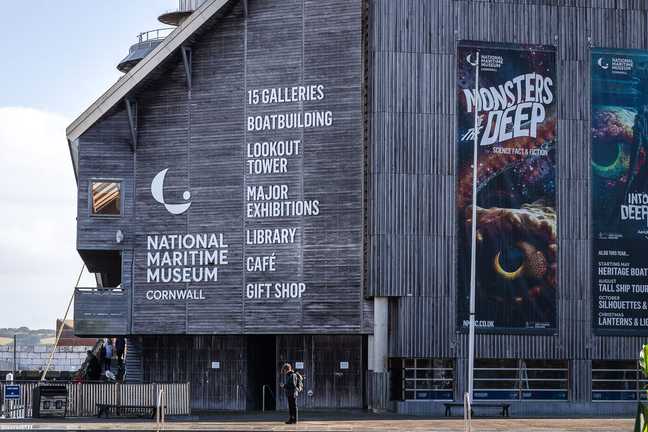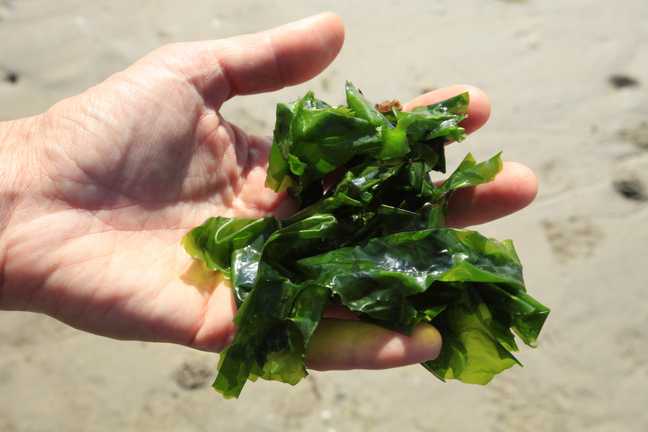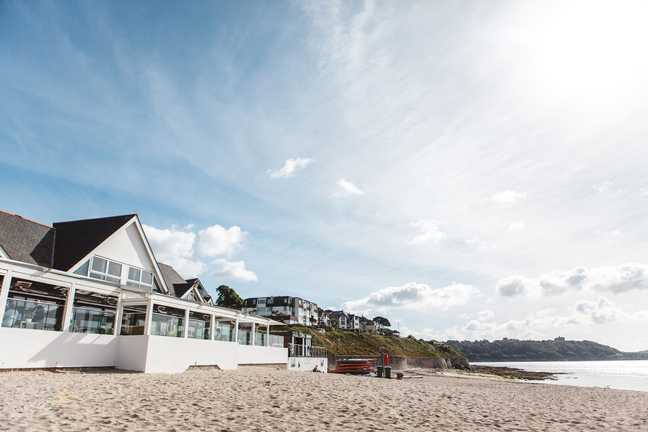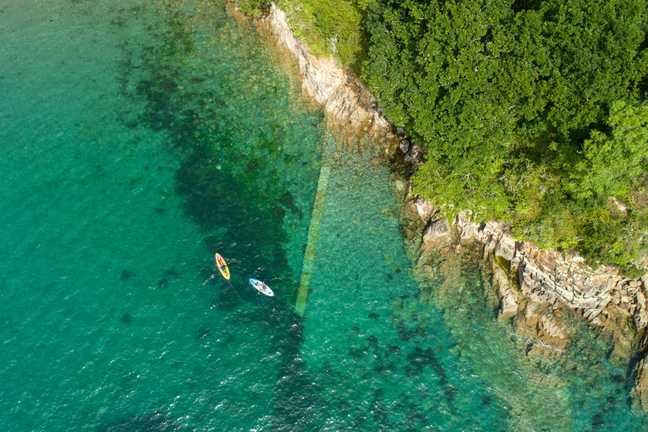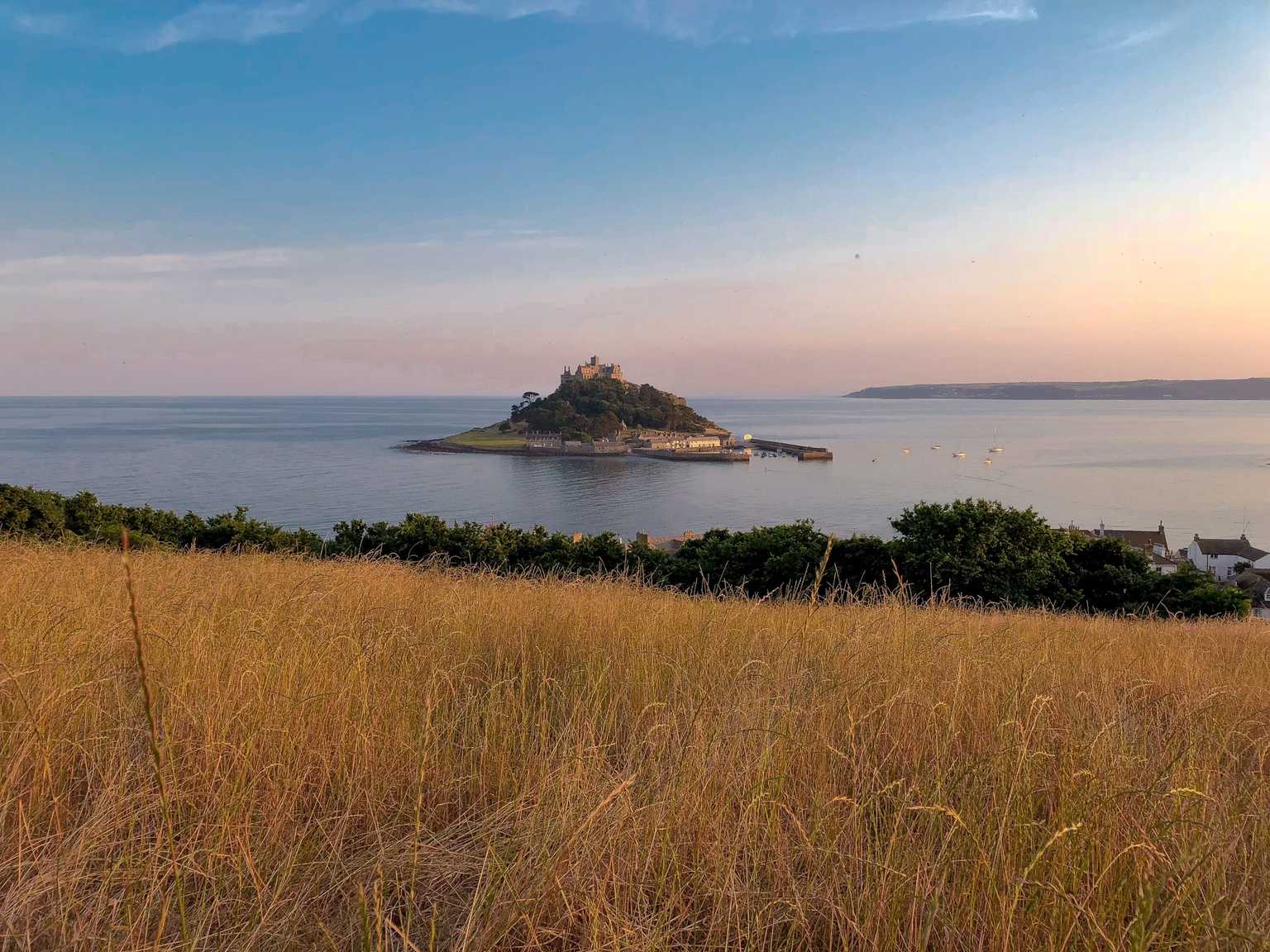
Myths, Legends and Folklore of Cornwall
Cornish tales
Cornwall is renowned for its folklore, with numerous tales of fae, myths, legends and lost lands, greatly influenced by its history and cultural connections. It’s easy to get lost in the fairytale aesthetic of Cornwall’s scenery, with its shipwrecks, castles, standing stones and ancient forests.
The rugged and untamable landscape has provided a magical setting for tales of giants, mermaids, pirates and ‘little people’.
Unconstrained by the religious fervour in the rest of the country, Cornwall’s myths and legends thrived. Celtic and pagan traditions and beliefs were abundant, all with their own language. These legends are kept alive today not only in books but by Cornish men and women in the spoken form known as Droll Telling which specialises in long, rambling stories interspersed with songs.
Steeped in romance and mystery, tales have been passed down from generation to generation and nods to them can be seen at local events, certain locations and within modern artwork, performance and writing.
For those who know where to look, many visitors come to Cornwall each year to explore the magical locations mentioned in the tales and to seek the breadcrumbs left behind.
Read about some of our favourite tales below and the Cornwall locations that have inspired them.
The Mermaid of Zennor
In the small village of Zennor there was a man named Matthew who frequently sang beautifully in the medieval church not far from St Ives. A beautiful mermaid with long flowing hair depicted holding a mirror in one hand fell in love with Matthew’s singing voice and regularly visited him to listen to his singing. Her name was Morveren and she was one of the daughters of Llyr, king of the ocean. One day a particular song’s melody made the mermaid let out a sigh of awe and Matthew turned to see her. Her eyes were shining, her hair gleaming and it was love at first sight for both of them.
Frightened, the mermaid made her way back to the sea with Matthew in-suite but she stumbled on her dress to reveal her tail. “I cannot stay. I am a sea creature, and must go back where I belong.” But this did not matter to him.”Then I will go with ye. For with ye is where I belong.”
Matthew picked up the mermaid and dove into the sea never to be seen again. His voice was said to linger beyond his disappearance and fishermen would know if it were safe to go to sea depending on the pitch of his voice; if he sang softly and high the day was to be fair and if it was deep and low Llyr was planning to make the seas rough.
A figure of the mermaid of Zennor can be seen today carved into one of the wooden benches at St. Senara’s Church near St. Ives.
The Lost Land of Lyonesse
There is said to have been a beautiful and fertile land between Land’s End in Cornwall and the Isles of Scilly. Inhabited by a population of handsome and strong people who built 140 churches and one large cathedral that is told to have sat atop what is now the Seven Stones Reef, 7 miles east-north-east from the Isles of Scilly.
Legend states that due to a dreadful but unknown crime committed by Lyoness’e people, there came a terrible storm that engulfed the land in one large wave, killing everyone apart from one lone rider on his white horse.
The tale of Lyonesse has analogues in Celtic mythology and links to Arthurian legend, as it’s believed to be the kingdom of the father of Tristan – a Knight of the Round Table.
King Arthur
There is no doubt that Cornwall’s most famous legend is of King Arthur Pendragon and his Knights of the Round Table. Whether fact or fiction, King Arthur is rooted in Cornish history and folklore.
Cornwall has long played a part in the tales of King Arthur which have stood the test of time. Today there still remains a number of locations in Cornwall that are said to be linked to Arthurian legend.
Ruler of Camelot, husband of Guinevere, and commander of his Knights of the Round Table, some believe him to be a Roman warrior who led the British armies against Saxon invaders in the 6th century. Tintagel is believed to be the King’s birthplace, and Merlin’s Cave which can be allegedly be found at the foot of the cliffs is said to still be haunted by the wizard.
Dozmary Pool in Bodmin is supposedly the location where he rowed out to retrieve Excalibur, and which became the resting place of the sword. St Nectan’s Glen, home to a magnificent waterfall, woodland walks and a variety of woodland wildlife, is believed to have been the location where King Arthur’s Knights would have bathed in preparation for their journey to seek the Holy Grail. Arthur’s final battle is believed to have occurred between Camelford and Tintagel at a spot called Slaughterbridge.
Little People (Bucca, Knockers, Piskies)
Cornish folklore is filled with stories of the Pobel Vean (Little People) and Cornish piskies could arguably be one of the most well-known creatures of British folklore. In Cornwall, there are many different types of Piskies: those who conjure storms to protect their treasure, those who steal children, those who dwell in dark places such as old tin mines and those that dance merrily on the moors. Tales of these Little People are still popular today.
The piskies of the South Coast frequent the harbours and help out on farms. The piskies of the Cornish Moors are called Night-riders or Jack ‘o ’lanterns, who lead travellers astray into the peat marshes and the fog. And the piskies of the North Coast are playful beings who lead people astray so they can join in their dancing and games but soon return them to their path home.
Cormoran the Giant
Cormoran the giant was said to live in the forest now submerged beneath Mount’s Bay. Standing taller than the trees with a bushy beard and small, mean-looking eyes, Cormoran lived with his wife Cormelian who was almost as tall as him. Cormoran and Cormelian were said to have built St Michael’s Mount from local granite and Cormelian was forced to carry the stones in her apron. When Cormoran fell asleep she decided to carry the lighter greenstone instead but he awoke to discover what she was doing. Her apron strings broke and the greenstone fell, this piece can still be seen on the causeway leading to the Mount.
Jack the Giant-killer eventually killed Cormoran by digging a deep pit on the Mount and disguising it by covering it with sticks. He blew his horn to waken the giant and Cormoran rushed out and fell into the pit, whereupon Jack beheaded him with an axe.
